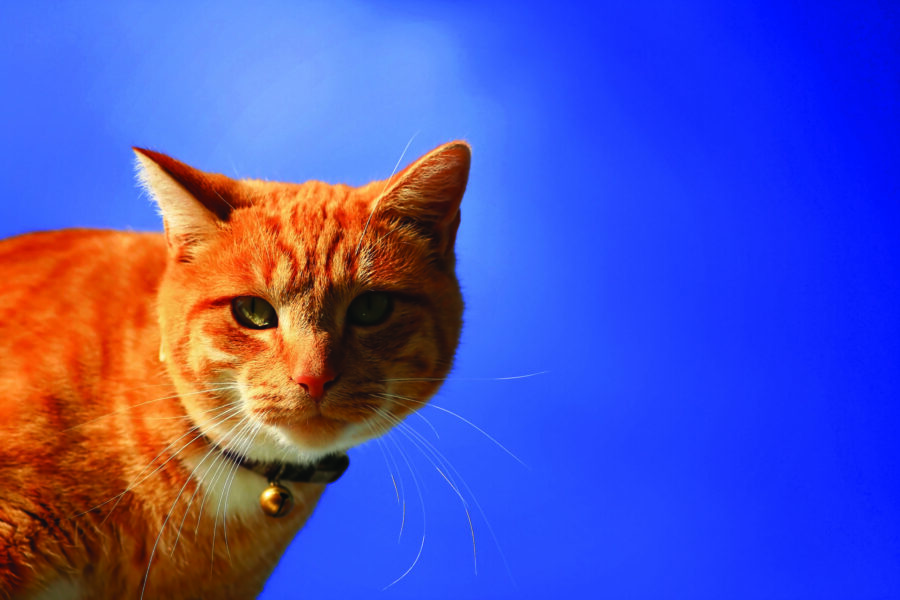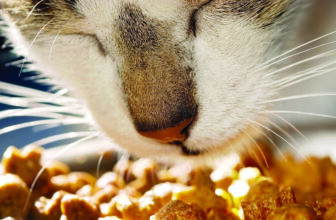
Check out our latest products
Have you ever wondered why orange cats are usually male? And why calicos and tortoiseshells are female? For decades, scientists at leading universities have explored why cat fur color is linked to sex.
Now, building on past work, researchers at Stanford University and Kyushu University have each conducted independent studies and found a definitive answer.
It all has to do with a long-posited but elusive genetic mutation – a DNA deletion near a gene called ARHGAP36. This mutation causes pigment cells to produce a ginger hue. At the same time, it suppresses the cells that create brown or black coloring.
The X sex chromosome contains the genetic instructions for orange fur. Most fully ginger cats are male because they typically have only one of these chromosomes.
Female cats, on the other hand, normally have two X chromosomes. For a female kitty to have a fully orange coat, both X chromosomes must activate the genetic instructions for that color. More usually, only one of her X chromosomes carries the ginger trait. The result is a calico or tortoiseshell cat, with a mottled or patchy coat of orange, black and gray.
Other mammals – such as tigers, golden retrievers, or red-haired people — often have ginger coloring. But in their case, pigmentation isn’t linked to sex chromosomes. This means individuals of both sexes will display this coloration. Domestic cats appear to be the only species where orange coloration is linked to sex.
Post Views: 1,178
Animal Wellness is North America’s top natural health and lifestyle magazine for dogs and cats, with a readership of over one million every year. AW features articles by some of the most renowned experts in the pet industry, with topics ranging from diet and health related issues, to articles on training, fitness and emotional well being.


![[PETHROOM] Cat Nail Clipper Trimmer for Indoor Cats with Circular Cut Hole (2mm) | Premium Sturdy Stainless Steel Blade Cat Claw | Safe, Easy, Accurate, Quiet & Fast | Avoid Overcutting](https://m.media-amazon.com/images/I/6156hi88deL._AC_SL1298_.jpg)
![[PETHROOM] Professional Eye Comb for Pets | Stainless Steel Tear Stain Remover for Cats & Dogs | Gentle Round-Head Grooming Tool | Compact & Portable for Eye Gunk Removal](https://m.media-amazon.com/images/I/71+W758uwXL._SL1500_.jpg)
![[petora] BRUSH ON ME Gentle Facial & Eye Comb for Dogs & Cats | Smooth & Stress-Free Tear Stain Remover | Fine-Tooth Grooming Tool with Rounded Tips | Comfortable Grip for Daily Pet Grooming](https://m.media-amazon.com/images/I/81hzVmjgV1L._SL1500_.jpg)









